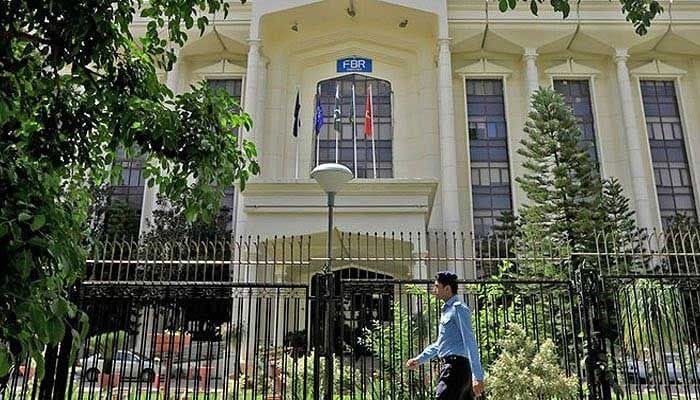Author: admin
-

Nicole Kidman divorce: Did Nicole Kidman’s racy roles lead to her split with Keith Urban? Reports claim the singer was unhappy
Nicole Kidman is reportedly feeling betrayed and shattered by the sudden end of her 19-year marriage to Keith Urban, but insiders say the marriage had been a showmance for some time. An insider told National Enquirer said, “He was tired of… -

Alpine ‘nowhere near where we should be’ says Pierre Gasly after team fails to score in Singapore
Pierre Gasly was frank in his assessment of how the Singapore Grand Prix went for Alpine after the Frenchman finished near the back of the pack in 19th place. With Franco Colapinto only 16th, this was the fifth race weekend in a row Alpine have…
Continue Reading
-
Govt considers replacing Azad Kashmir PM Chaudhry Anwarul Haq – samaa tv
- Govt considers replacing Azad Kashmir PM Chaudhry Anwarul Haq samaa tv
- Prime Minister of Azad Jammu and Kashmir, Chaudhary Anwar ul Haq and Federal Minister for Parliamentary Affairs, Dr. Tariq Fazal Chaudhary holding a presser. APP/TZD
Continue Reading
-

Taylor Swift reveals key detail about engagement announcement
Travis Kelce and Taylor…
Continue Reading
-

Meet the Cast of Fox’s Bible Drama ‘The Faithful’
Fox’s biblical miniseries The Faithful has completed its main cast.
The six-hour series, set to premiere March 22 to coincide with the Passover and Easter holidays, has added Millie Brady, Blu Hunt, James Purefoy, Will Stevens and…
Continue Reading
-

‘Being able to fight for the win here, it means a lot’ – Mekies reflects on Red Bull’s Singapore Grand Prix
Red Bull Team Principal Laurent Mekies admits that “being able to fight for the win” during the Singapore Grand Prix “means a lot” after Max Verstappen finished second in Sunday’s race.
The four-time and reigning World Champion entered the race…
Continue Reading
-

Chemistry Nobel Prize awarded to trio in field of metal organic frameworks | News
The Royal Swedish Academy of Sciences has awarded the 2025 Nobel Prize in chemistry to Susumu Kitagawa, Richard Robson and Omar M Yaghi for their work in the development of metal organic frameworks (MOF).
The three scientists, who won the award on…
Continue Reading
-

Women’s World Cup: Nashra Sandhu bags multiple records during Australia clash – Cricket
Pakistan’s Nashra Sandhu celebrates dismissing Australia’s Tahlia McGrath (not pictured) during their ICC Women’s Cricket World Cup 2025 match at the R Premadasa Stadium on October 08, 2025 in Colombo. —… Continue Reading

